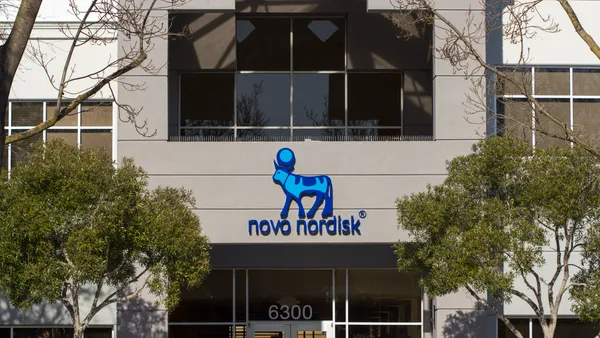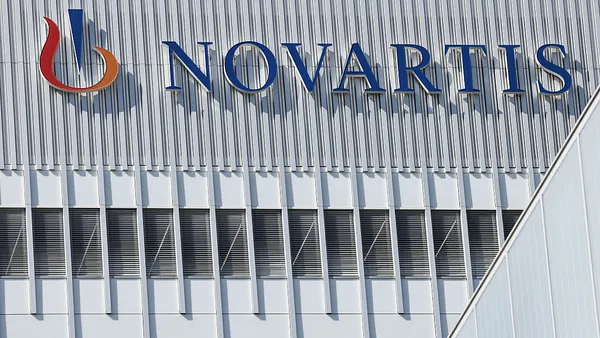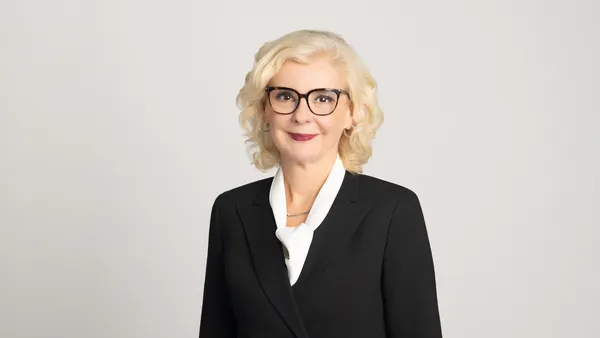Why Physicians Learn Program Development David St. Peter, M.D., Executive VP/Managing Director Customer insights, such as having unique perspectives into what motivates an audience to learn, are critical to the development of successful programs that effectively change behavior. Some may say physicians learn primarily because they are required to as a way to maintain licensure, hospital privileges, professional society membership, and/or specialty recertification. This is why they report they learn, but definitely not why they learn. The practice of medicine has changed dramatically over the last decade and will, no doubt, change even more in the next 10 years. On average, 25% to 30% of what we know to be right today could be proven wrong tomorrow based on emerging evidence. Professional development and continuous learning go hand in hand, and medical communications professionals are challenged with the task of developing engaging continuing education opportunities that help physicians filter out today’s rights from yesterday’s wrongs and ultimately make decisions using the most current information available. Several years ago, a distinguished group of physician educators outlined seven key forces that motivate a physician to learn in an article titled Continuing Medical Education: A New Vision for the Professional Development of Physicians in Academic Medicine. As a physician, I agree with their insights and concur that the ability to harness these forces is critical when developing educational programs. The seven insights are as follows: 1. Better Transition Care to the Ambulatory Setting Many physicians in practice today received their primary and secondary education mostly in the in-patient setting. Since the mid-1980s, the focus of medicine has dramatically shifted to optimizing care in the ambulatory setting. Physicians continue to have difficulty transitioning this care and accessing all the services required to effectively support this shift. Whether the topic is best practices in medication adherence or how a patient can be quickly transitioned from an IV to PO dosage form, physicians will listen. 2. Stay Current Physicians must have real-time access to evolving medical knowledge. Patients, as well as payers, are smarter today and are constantly challenging physicians to have the most up-to-date information available. From a treatment standpoint, physicians make decisions based on risk-benefit calculations; if the actual or even perceived risk of any given treatment outweighs its perceived benefit they will not use the treatment. With so many therapies available, it is almost impossible to stay abreast of the evolving database of knowledge. Data drive decisions, and the ability to efficiently package the most up-to-date information available will always have appeal. 3. Understand Evolving Roles Physicians’ roles have changed from acting as soloists to becoming effective members of healthcare teams. Physicians need to understand how to tap into resources that improve patient care and outcomes. This challenge extends well beyond the traditional decision tree of when or when not to refer a patient to a specialist for care and includes a broader appreciation for the role of nontraditional services, such as home healthcare and specialty hospitals. 4. Better Communications Physicians are in the business of communicating information. Information is transferred between the patient and physician, from physician to physician, and physician to other team members. Whether the educational program involves how to best explain risk-benefit scenarios to patients when deciding on a therapy or the rationale for implementing an electronic health record in their office, physicians listen to learn. 5. Prevent Disease Physicians, by training, are motivated to learn about the latest information on disease prevention and how new therapies may delay disease progression or the onset of long-term complications. Programs that focus on the role of medical therapy in secondary prevention are usually well attended. 6. Get Evidence Physicians need to more effectively understand and incorporate evidence-based medicine into their daily practices. The more evidence-based data models educational providers can provide the better. 7. Understanding the Cost of Healthcare This is a newer challenge and both patients and payers expect physicians to have a firm grasp on this, so physicians are looking for information that will provide them with answers. Whether it is comparative costs of a specific class of medicines or the cumulative costs of not treating an underlying condition effectively, physicians will oftentimes migrate to and, benefit from, the educational offering. Programs that integrate these key insights not only benefit from higher attendance but also provide physicians with useful information that will eventually change behavior and ultimately improve the way they practice medicine. Successful professional development includes a life-long commitment to learning, a willingness to take advantage of formal and informal educational opportunities, and a willingness to change behavior based on learnings. The Selva Group, an inVentiv Health company, Saratoga Springs, N.Y., is a full-service medical education and event management company, specializing in creating engaging educational experiences that elevate perspectives and leave lasting impressions on its audiences. For more information, visit theselvagroup.com. August 2006 VIEW on Medical Education
An article from











